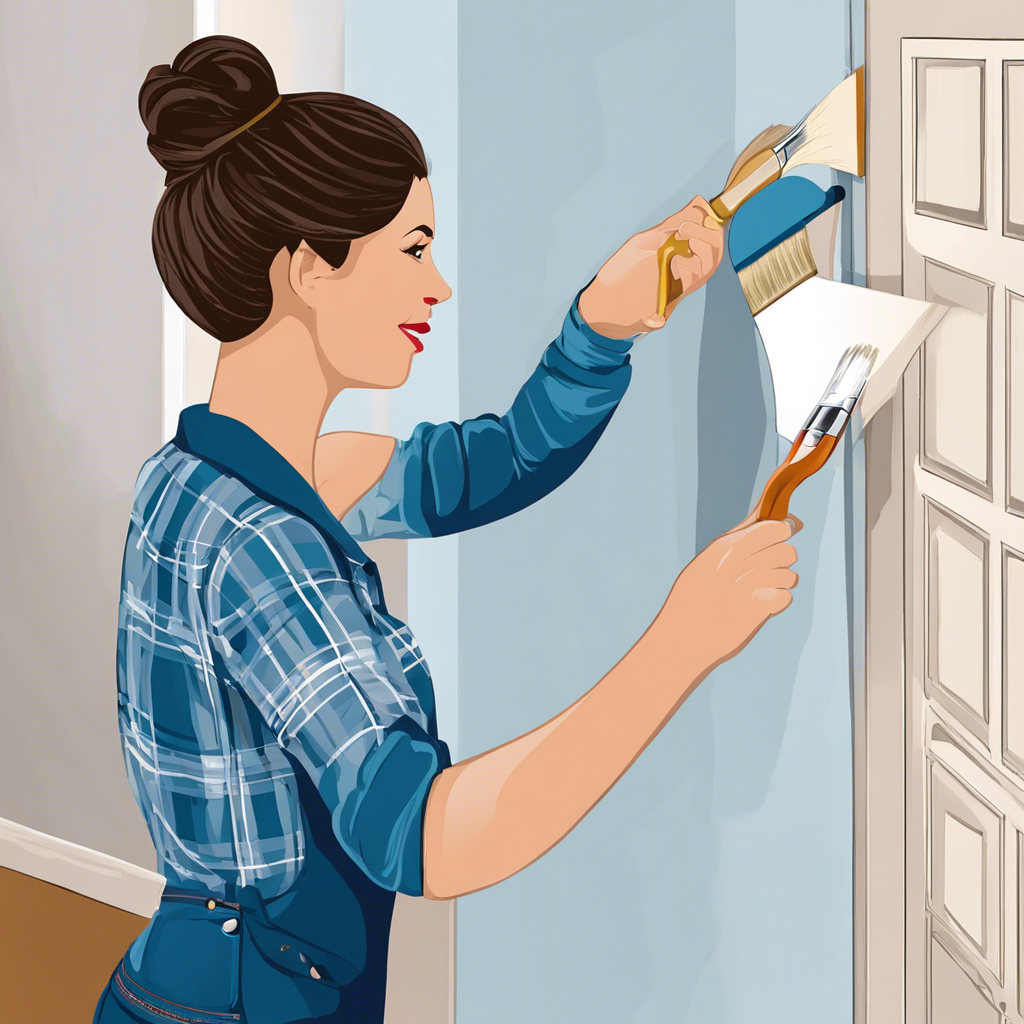# Paint Like a Pro: Transform Your Walls with These Expert Tips
Are you ready to tackle your next DIY project and give your walls a fresh new look? Painting walls may seem like a straightforward task, but achieving professional results requires a bit of know-how. With the right techniques and a step-by-step approach, you can transform your space and impress yourself with your newfound painting skills. Get ready to say goodbye to boring walls and hello to a vibrant, beautifully painted room!
When it comes to painting walls, preparation is key to success. Start by clearing the room of any furniture and covering the floor with a drop cloth to protect it from paint drips. Next, inspect your walls. Fill in any holes or cracks with spackling compound and sand them smooth once dried. Ensure the walls are clean by wiping them down with a damp cloth. Taping off edges and moldings with painter’s tape will create clean lines and protect areas you don’t want painted.
Now, let’s talk about choosing the right paint and tools. Opt for high-quality paint, as it covers better and is more durable. Consider the finish, too; matte or eggshell finishes are popular choices for walls as they minimize imperfections. You’ll need a paint roller with an extension pole for larger areas, a paintbrush for cutting in around edges, and a paint tray to load your roller.
�
Before you begin, ensure the paint is thoroughly mixed by stirring it in its can. Pour some paint into the tray, and you’re ready to start! Begin by ‘cutting in’ around the edges and corners with a brush, carefully painting a few inches towards the wall’s center. Then, using the roller, start painting in a ‘W’ pattern, filling in the open spaces between your brushwork. Continue this process, maintaining a wet edge to avoid lap marks.
To achieve a flawless finish, apply two coats of paint. After the first coat, assess the wall for any missed spots or uneven coverage. Once the first coat is dry, lightly sand the walls to smooth out any raised fibers, then wipe away the dust with a damp cloth. This will ensure the second coat adheres well and provides an even finish.
